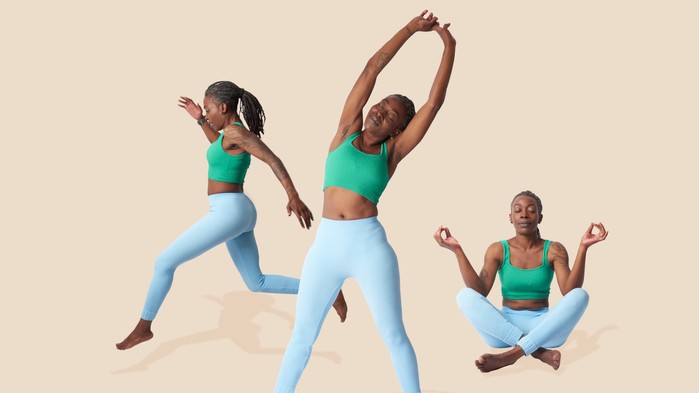Different Types of Components of Fitness: A Comprehensive Guide
Introduction to Fitness and Its Importance
Fitness is not just about hitting the gym or achieving a specific body type; it’s a holistic approach to maintaining and improving one’s physical and mental well-being. The importance of fitness extends beyond mere physical health, influencing our mental clarity, emotional stability, and overall quality of life. In this comprehensive guide, we delve into the various components of fitness, each playing a crucial role in building a balanced and healthy lifestyle.
Different Types of Components of Fitness
The journey to fitness encompasses a range of components, each targeting different aspects of physical health. Understanding these components is the first step towards crafting a fitness regimen that caters to your unique needs and goals.
Cardiovascular Endurance
Cardiovascular endurance is the cornerstone of fitness, reflecting the efficiency of your heart, lungs, and blood vessels in supplying oxygen during prolonged physical activity. Improving your cardiovascular health can be achieved through various exercises, including running, cycling, and swimming, which not only enhance endurance but also contribute to overall health and longevity.
Muscular Strength
Muscular strength, the force muscles can exert against resistance, is vital for daily activities and overall physical health. Incorporating strength training into your routine not only builds muscle mass but also improves metabolic rate, bone density, and posture.
Muscular Endurance
While strength focuses on the power of muscle contractions, muscular endurance is about sustaining these contractions over time. Training for endurance involves lower weights and higher repetitions, essential for activities that require prolonged muscle effort.
Flexibility
Flexibility is often overlooked but is essential for a well-rounded fitness routine. It involves the range of motion available in a joint or group of joints, affecting performance, preventing injuries, and improving recovery. Stretching exercises and yoga are excellent ways to enhance flexibility.
Body Composition
Body composition refers to the ratio of fat to lean mass in your body. Understanding and optimizing your body composition through a balanced diet and exercise can lead to better health outcomes and physical appearance.
Balance and Coordination
Balance and coordination are critical for everyday activities and preventing falls. Exercises that challenge your balance and require precise movements can improve both attributes, enhancing overall fitness and functionality.
Agility
Agility combines speed, coordination, and balance, allowing for quick and precise movements. It’s particularly important in sports but also benefits daily activities by improving reaction times and reducing the risk of injuries.
Speed
Speed is not just for athletes; it plays a role in how quickly you can respond to situations in everyday life. Training for speed involves short bursts of high-intensity activity, which can also boost cardiovascular health and metabolic rate.
Power
Power is the ability to exert maximum force in the shortest time possible and is essential for explosive movements in sports and daily activities. Power training often involves plyometric exercises and weightlifting.
Mental Fitness
Fitness is as much about the mind as it is about the body. Mental fitness, involving activities that challenge your brain and improve mental health, is crucial for a balanced approach to fitness.
Nutrition and Fitness
Nutrition plays a pivotal role in achieving and maintaining fitness. A diet rich in essential nutrients supports all aspects of fitness, from muscle recovery to energy levels during workouts.
Creating a Balanced Fitness Routine
A balanced fitness routine incorporates various components of fitness, tailored to your personal goals, preferences, and lifestyle. It’s about finding harmony between different types of exercises and integrating them into your daily life.

FAQs
This section will address common questions related to the different components of fitness, providing insights and practical advice for readers.
Conclusion
Understanding the different types of components of fitness is the first step towards a healthier, more balanced lifestyle. By incorporating a variety of exercises and activities into your routine, you can achieve a comprehensive approach to fitness that nurtures both body and mind





